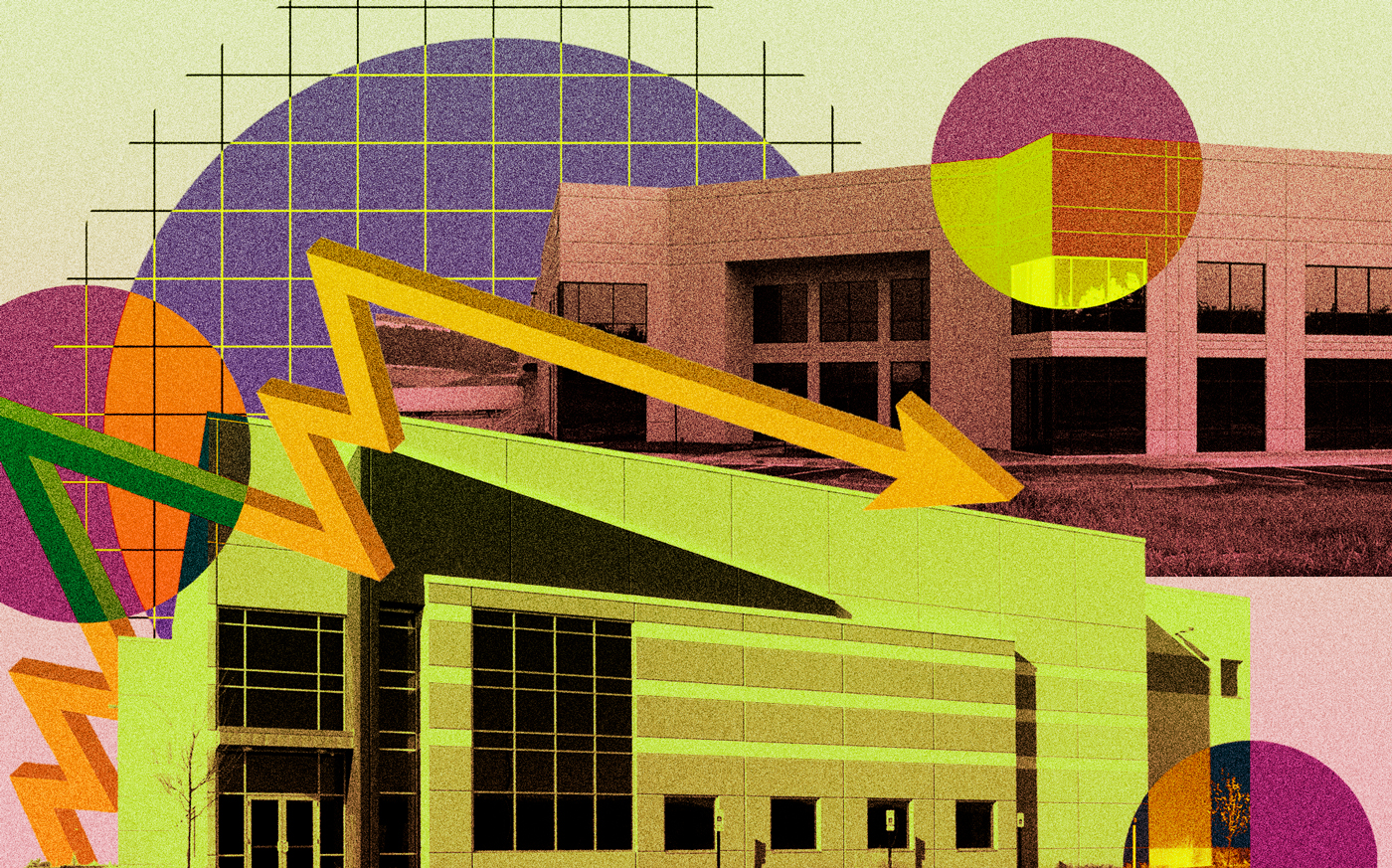Rents and demand across industrial real estate were on the rise last year, but the sector’s sales boom appears to be nearing an end.
Industrial sales fell 30 percent last year as the sector is expected neared normalization, according to CommercialEdge data reported by the Commercial Observer.
“This year we expect that the sector will cool somewhat but continue to expand and remain one of the more attractive asset classes in commercial real estate,” the report said.
High interest rates and economic uncertainty are bringing the sector back to Earth. Sales shifted dramatically during the second half of last year as the Federal Reserve was in the midst of its rate hike campaign to tamp down on inflation. Activity later finished 30 percent below 2021’s mark for the year, despite higher volume in the first half of 2022 than one year earlier.
The sector is also facing a rise in property prices. In the last three years, the average sales price of an industrial asset has soared 59 percent. Last year, the typical property cost $132 per square foot.
Overall, there were $88.3 billion in industrial sales across the nation last year, paling in comparison to the $125.7 billion in sales transacted a year earlier.
One area that appeared to pull back from the sector’s rapid growth during the pandemic started showing last year. A rise in consumer appetite for in-person shopping dampened the surge in e-commerce activity that boosted some industrial assets. The ripple hit one of the country’s biggest industrial tenants, Amazon, which scrapped its warehouse strategy after an expansion push.
New industrial supply hit 450 million square feet in 2022, a record year according to CommercialEdge. National rents averaged $7.03 per square foot, up 6.3 percent year over year. For the top 30 markets, the average vacancy rate bottomed out at 3.9 percent.
California’s Inland Empire led the nation in rent growth, followed by Los Angeles County. The two markets were also the tightest in the nation, particularly cramped by the Inland Empire’s 1.1 percent vacancy rate.
Both markets finished in the top three of industrial sales volume last year, but neither finished first. That distinction belonged to Dallas, which led the nation with nearly $8.8 billion in sales.
— Holden Walter-Warner
